Making predictions is a tricky business at the best of times, but especially so after a year of upheaval. Even so, that didn’t stop people from trying their hand at reading the crystal ball. If anything, the uncertainty creates a stronger temptation for us to try to forecast the year ahead.
Out of the thousands of public 2021 predictions and forecasts available, there are plenty of one-off guesses. However, things really get interesting when a desperate majority of experts begin to agree on what might happen. In some ways, these predictions from influential experts and firms have a way of becoming self-fulfilling prophesies, so it’s worth paying attention even if we’re skeptical about the assertions being made.
This year, we more than doubled the number of sources analyzed for our 2021 Predictions Consensus graphic, including outlooks from financial institutions, thought leaders, media outlets, consultancies, and more. Let’s take a closer look at seven of the most popular predictions:
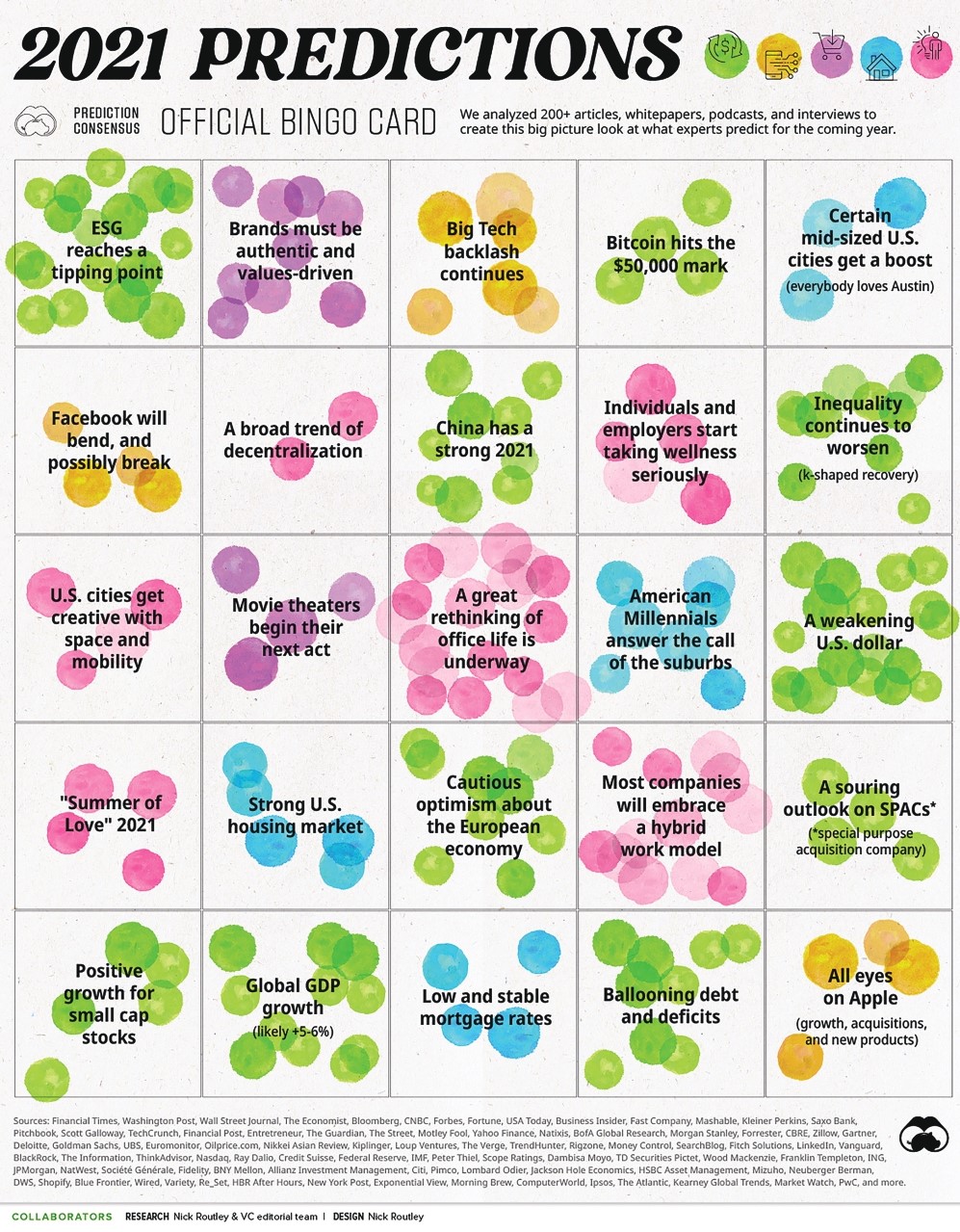
ESG Reaches a Tipping Point
It seems like only recently that the term ESG gained mainstream traction in the investment community, but in a short amount of time, the trend has blossomed into a full-blown societal shift. In 2020, investors piled a record $27.7 billion of inflows into ETFs traded in U.S. markets, and that momentum only appears to be growing.
Fidelity, among others, noted that climate funds are delivering superior returns, which makes ESG an even easier sell to investors. Nasdaq has tapped ESG to be “one of the hottest trends” over the coming year.
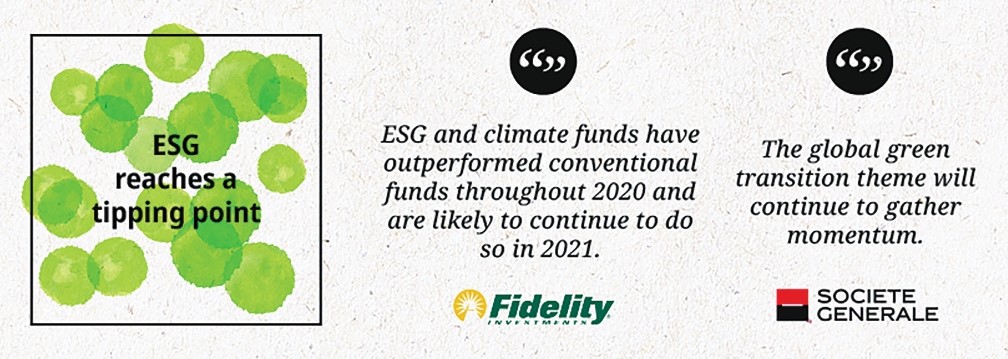
China has a Strong 2021
Financial institutions that issue predictions generally hedge their language quite a bit, but on this topic they were direct. The world’s most populous country has already left the pandemic behind and is back to business as usual. Of the institutions that mentioned a specific number, the median estimate for GDP growth in China was 8.4%.
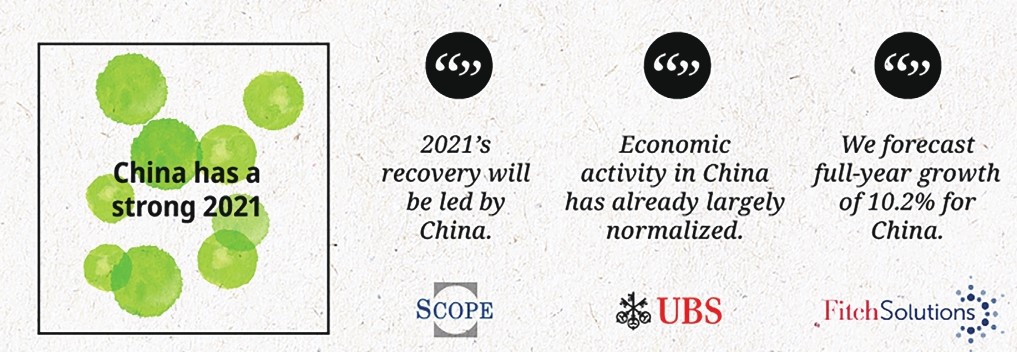
A Souring Outlook on SPACs
Much like any hot trend, once enough people get on the bandwagon the mood begins to sour. Many experts believe that special purpose acquisition companies (SPACs) are going to enter that phase in 2021.
SPACs had a monster year in 2020, raising $82 billion in capital. That’s more funds in one year than in the last 10 years combined. Of course, now that these 200+ companies are flush with capital, they’ll need to find a target. Scott Galloway argues that SPACs “are going to vastly underperform over the next two to three years” since there aren’t enough good opportunities to satisfy that level of demand.
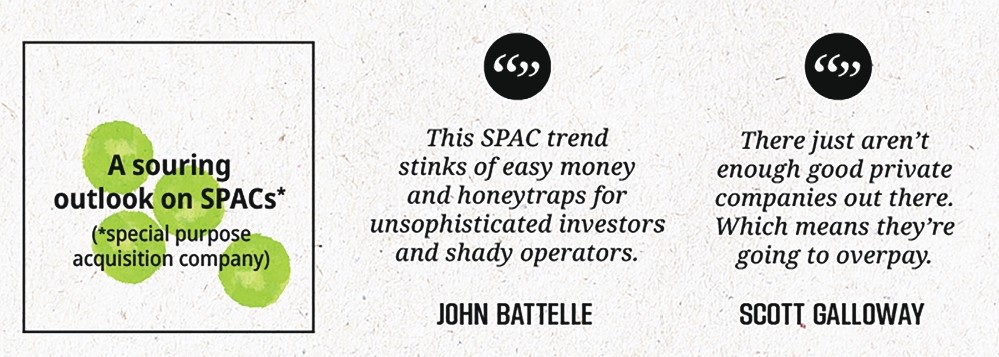
Brands Must be Authentic and Values-driven
Over the past few years, brands have become increasingly values-driven. In their 2021 predictions, experts see this trend being pushed even further.
Millennials, which are now the largest generation in the workforce, are shaping society in their own image, and the expectation is that companies have an authentic voice and that actions align with words. This trend is augmented by the transparency that the internet and social media have enabled.
Being a “values-driven” company can mean many things, and often involves focusing on a number of initiatives simultaneously. At the forefront is racial inequality and diversity initiatives, which were a key focus in 2020. According to McKinsey, nine out of ten employees globally believe companies should engage in diversity and inclusion initiatives. When the chorus of voices grows loud enough, eventually actions must follow.
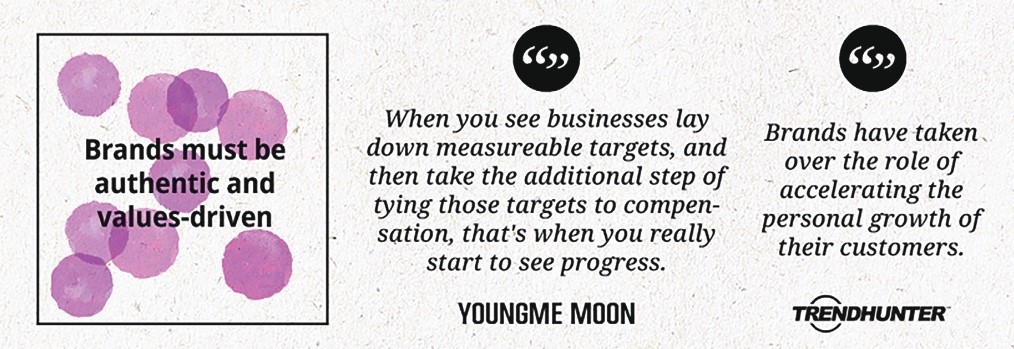
A Great Rethinking of Office Life is Underway
The great work-from-home experiment will soon be approaching the one-year mark and a lot has changed in a short amount of time.
Even firms that were incredibly resistant to remote work found themselves in a position of having to adapt to new circumstances thanks to COVID-19. Now that the feasibility of at-home work has been proven, it will be tough for companies to walk things back to pre-pandemic times. Over 2021, millions of companies will begin reengineering everything from physical offices to digital infrastructure, and this has broad implications on the economy and our culture.
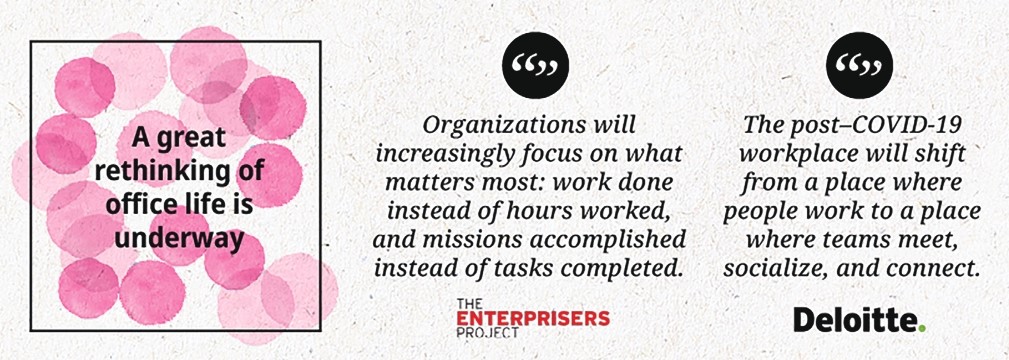
Individuals and Employers Start Taking Wellness Seriously
The past year was not good for our collective mental health. In response, many companies are looking at ways to support employees from a health and wellness standpoint. One example is the trend of giving teams access to meditation apps like Headspace and Calm.

Big Tech Backlash Continues
Among experts, there’s little doubt that the Big Tech backlash will bleed over into 2021. There is a divergence of opinion on exactly what will happen as a result. There are three general themes:
- Regulators will admonish and threaten Big Tech publicly, but nothing concrete will happen.
- Facebook will be broken up into parts (Facebook, Instagram, and WhatsApp)
- Companies will proactively change their business practices and look for ways to settle quickly
Aside from the thread of regulatory action, the tech sector is facing a bit of an identity crisis. Silicon Valley is grappling with the reality that the center of gravity is shifting. Pitchbook notes that Bay Area will fall below 20% of U.S. deal count for first time, and there have been very public departures from the valley in recent months.
Faced with pressure from a number of different angles, the technology sector may have a year of soul-searching ahead.
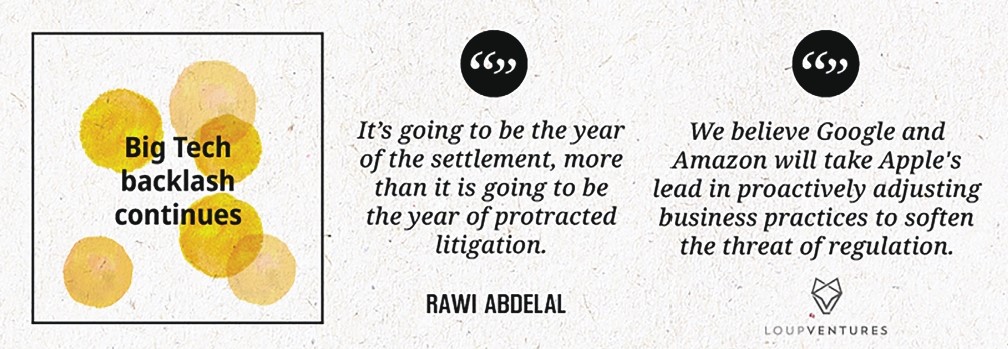
The Elephant in the Room
COVID-19 is the one factor that impacts nearly every one of these 2021 predictions, yet, there were few predictions–and certainly no consensus from experts–on vaccine rollouts and case counts. It’s possible that the complexity of the pandemic and the enormous task of dealing with this public health crisis makes it too much of a moving target to predict in specific terms.
In general though, expert opinions on when we’ll return to a more “normal” stage again range from the summer of 2021 to the start of 2022. With the exception of China, most major economies are still grappling with outbreaks and the resulting economic fallout.
It remains to be seen whether COVID-19 will dominate 2022’s predictions, or whether we’ll be able to look beyond the pandemic era.
This article was originally published on Visual Capitalist by Nick Routley.

















